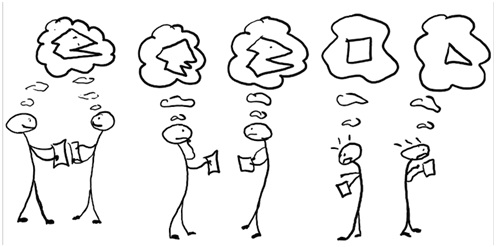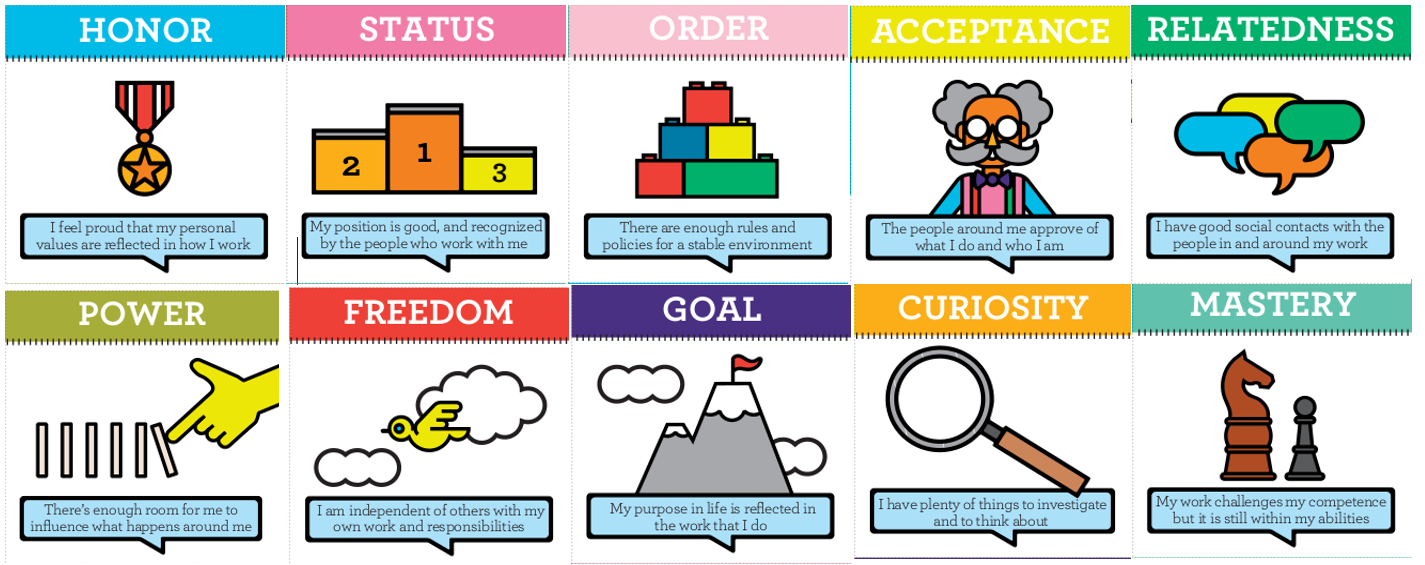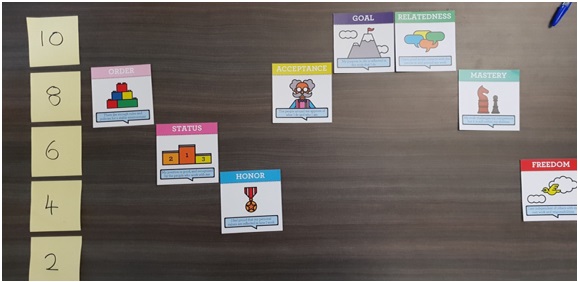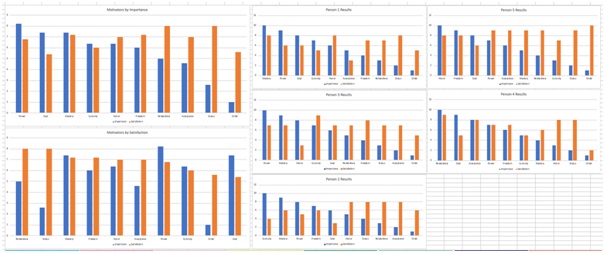Was it that bad? Tales from a Versent Iteration Manager…

Robert Megna
Iteration Manager, Versent

Robert Megna
Iteration Manager, Versent
If you’ve had any experience working in technology, this scenario probably rings true and I know there’s some of you out there who drag your feet into that meeting room knowing you’re about to spend the next hour complaining about problems that most likely won’t get solved…
Our opportunity for improvement doesn’t need to feel like this, and it shouldn’t feel like this.
It is frustrating that people can treat retros like a venting session, an opportunity for some agile theatre or even as time to finish a user story.
Retros can be incredibly valuable.
I’ve learnt through research, some experimentation and a lot of trial and error, just how to get your retros to deliver valuable continuous improvement with your teams and to really keep people engaged. Here are some examples.
Self-awareness through fun and games
I noticed members of my team began losing interest during retros and were getting bored with the same old “Good, Bad,Change” routine. It got to the point where some of them stopped turning up or when they did turn up, they may as well have been somewhere else. It was time for change.
It just so happened that my team were challenged with context switching, poor collaboration, and ineffective stand-ups. So, I took a different approach to our next retro, I organised an hour of activities to help improve with their struggles and make retros great again.
My first challenge was getting full team attendance and what better way to entice involvement than to provide a few sugary treats. I kicked off the retro with a context switching activity.

Context Switching =/= Productivity
I asked each team member to draw three columns on a piece of paper, and when I said “Go”, each member was instructed to write a letter, number, and roman numeral from A to J across the columns. I stopped the clock when everyone was done and recorded the time.

The next time around I instructed the team to write each column at a time, so A to J, 1 to 10… Again, recording the time to complete.

Comparing the times, it became obvious that context switching costs time and switching between multiple tasks in progress can be a deceptive feeling of being productive.
Collaborative Origami
Next, I got the team involved in some collaborative origami making.
Team members formed pairs, one person was given a sheet of paper and the other instructions on how to fold said paper into origami. One pair were allowed to sit side by side, another pair sat face to face, and one pair back to back.
Here’s the catch, the team sitting side by side were allowed to read over the instruction sheet and work together.The team sitting face to face weren’t allowed to share the instruction sheet, one person instructed and the other folded. And finally, the pair sitting back to back, well they had the nasty challenge of relying on communication without any visual aid.
Obviously, the side by siders were first to finish whilst that poor back to back pair were still instructing and folding in frustration. We all know the value of face-to-face communication but sometimes it takes a reminder to push us out of that chair rather than communicating through text.

What’s your stand-up persona?
Our last activity was to role-play a stand-up. I know it sounds a little awkward, but you’ll get a few laughs when you give each team member a stereo typical persona to act out, like, “The super hero developer with three cards in progress” or “The vague guy who repeats the same thing at every stand-up”. Nobody knew each other’s persona, but everyone could relate to at least one characteristic. We played out a dummy stand-up and despite the laughing, you could sense the empathy in air. “That’s what I do, I didn’t realise how frustrating it is for you all…I’m sorry” and “I really need to stop doing that” are just some of the comments from participants.
Running through those activities served another purpose, it created a comfortable atmosphere where people felt safe, and when people feel safe they generally don’t hold back. It’s the perfect time to finish up with some nice and simple Lean Coffee.
What motivates me
Management3.0 has some excellent team activities and ‘Moving Motivators’ is one I use extensively. It’s a fantastic way to help a team understand a little more about each other and a great way to learn about individual motivation and satisfaction levels. I normally run this exercise when joining or forming a team.
Start off by getting your hands on some motivator cards here.
Display the motivators somewhere visible to the entire team or you could print a copy for each person.

On a large table or wall, have each team member list out on an axis their order of motivator importance, left being most important. Then, get each person to slide their motivator up or down to signify level of satisfaction. You should end up with something like the below for each person.

Circle around the room and get some insight into each person’s rating. I discovered my team members all had similar motivators and their satisfaction levels were just about on par. Putting it all into charts like this helps too.

And there you have it, a few simple approaches to mixing up your retro and getting people engaged, all whilst allowing for improvement, learning about your team, and helping them learn about each other.
And remember, some improvement is always better than no improvement.
Robert Megna is an Iteration Manager with Versent. He has worked in tech as a Software Developer for eight years and as a Scrum Master/Iteration Manager for the past four. He has coached numerous teams towards high performance and self-organisation through effective facilitation and leadership. When he’s not buying his team donuts, he is raising two children, riding his bike and learning as much as he can.